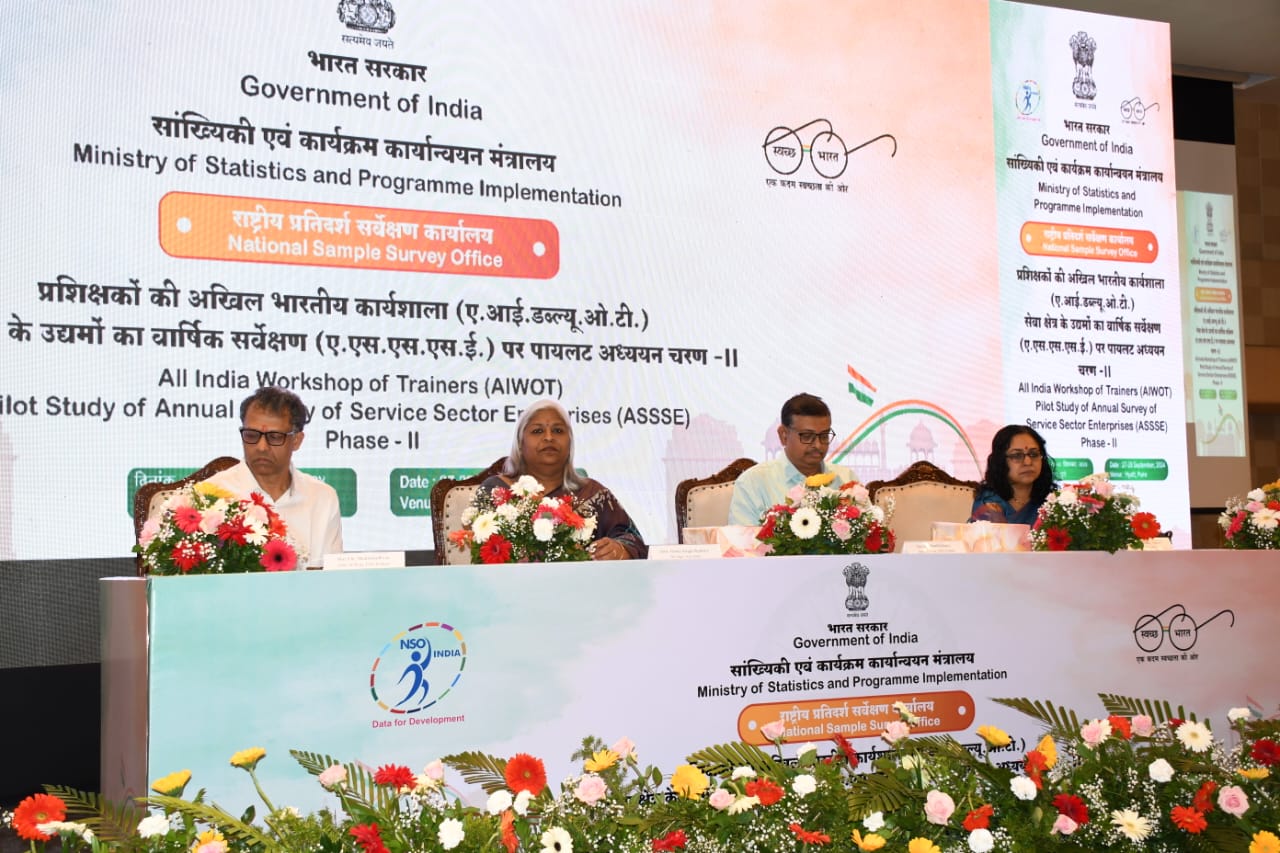- Courses
- GS Full Course 1 Year
- GS Full Course 2 Year
- GS Full Course 3 Year
- GS Full Course Till Selection
- CSAT
- 5 LAYERED ARJUNA Mentorship
- Public Administration Optional
- Online Program
- GS Recorded Course
- NCERT (Recorded 500+ Hours)
- Polity Recorded Course
- Geography Recorded Course
- Economy Recorded Course
- AMAC Recorded Course
- Modern India, Post Independence & World History
- Environment Recoded Course
- Governance Recoded Course
- Science & Tech. Recoded Course
- International Relations and Internal Security Recorded Course
- Disaster Management Module Course
- Ethics Recoded Course
- Essay Recoded Course
- Current Affairs Recoded Course
- ABOUT US
- OUR TOPPERS
- TEST SERIES
- FREE STUDY MATERIAL
- VIDEOS
- CONTACT US
The Connection Between Tuberculosis (TB) and Mental Health
The Connection Between Tuberculosis (TB) and Mental Health
06-12-2024
-
Tuberculosis (TB) in India:
- In 2022, about 2.42 million people in India were diagnosed with tuberculosis (TB).
- TB is a disease that often carries a lot of stigma (shame or disapproval) from society.
- People with TB often face rejection or mistreatment from their families, communities, and even the healthcare system.
- This has a big impact on their mental health. In fact, TB and mental illness are often linked and affect people at the same time.
-
How TB and Mental Health are Connected:
- People with mental health problems are more likely to get TB.
- On the other hand, the stigma of TB makes the mental health of a person with TB even worse.
- The stigma comes from fears about catching the disease, thinking that TB is linked to poverty, or bad lifestyle choices.
- This causes both social stigma (how society treats you) and self-stigma (how you see yourself), which can lead to depression, hopelessness, and poor decision-making.
- This may also make it hard for the person to follow their treatment plan or even stop taking their medicine.
-
The Physical and Mental Toll of TB Treatment:
- TB treatment is long and comes with harsh side effects like rashes, psychotic episodes, and loss of confidence.
- These side effects can cause mental health problems not just for the person with TB but also for their families.
- In fact, up to 84% of TB patients also suffer from depression during treatment.
-
How TB and Mental Health Affect Each Other:
- The relationship between TB and mental health works in both ways:
- TB stigma and the side effects of treatment harm a person’s mental health.
- On the other hand, having poor mental health can also make someone more likely to get TB because it can weaken their immune system. People with stress, depression, or addiction to things like tobacco, alcohol, or drugs are at a higher risk of getting TB.
- A study in 2017 found that 197.3 million Indians had mental health issues, making them a high-risk group for TB.
- The relationship between TB and mental health works in both ways:
-
Current TB Care Guidelines:
- TB care programs usually check for diabetes and HIV in patients, but they do not check for mental health issues, even though it is important for TB patients.
- In a global survey of 26 countries, only two included mental health screening as part of their TB treatment, and just five had a system to manage both TB and mental health together.
-
Why We Need Mental Health Screening in TB Care:
- India needs to lead the way in combining mental health care with TB care. This should include:
- Mental health screening for all TB patients at the time of diagnosis, using simple questionnaires that can be self-filled or given by community health workers.
- Providing psychological support to people during their TB treatment, as the treatment can be difficult and stressful.
- India needs to lead the way in combining mental health care with TB care. This should include:
-
The Need for Mental Health Support:
- Providing mental health support is important not just for the individual patient, but also for stopping the spread of TB.
- Studies have shown that people who have mental health problems are more likely to stop treatment, miss doses, and have worse results from their treatment.
- In areas with fewer mental health professionals, remote digital therapies (like app-based therapy) for things like depression have shown good results.
- India can use smartphones to deliver mental health support, especially in areas without local mental health services.
-
Support from Communities:
- Communities need to play an important role in supporting TB patients and reducing stigma.
- India should create community support systems to help patients and their families.
- Support groups can provide emotional help and useful information to people with TB, making them feel less alone during treatment.
-
Referring to Mental Health Specialists:
- For people who need more help, there should be a system to refer them to psychiatrists quickly.
- However, India has a shortage of psychiatrists, so more training for mental health professionals is needed.
- The Need for Better Policy Integration:
- To fight TB successfully, India needs to include mental health care in TB treatment programs. This means that policymakers need to:
- Recognize the link between mental health and TB.
- Provide resources for mental health services within TB programs, so that people with TB can get the support they need.
- It is important to create policies that treat TB and mental health care as equally important and work together at every step of TB treatment.
- To fight TB successfully, India needs to include mental health care in TB treatment programs. This means that policymakers need to:
What is Tuberculosis?Tuberculosis (TB) is a contagious bacterial infection primarily affecting the lungs, though it can spread to other parts of the body, such as the kidneys, spine, and brain. TB is caused by the bacterium Mycobacterium tuberculosis. Types of Tuberculosis
Symptoms of Active TB
Transmission
Risk Factors
Diagnosis
Treatment
Prevention
|




